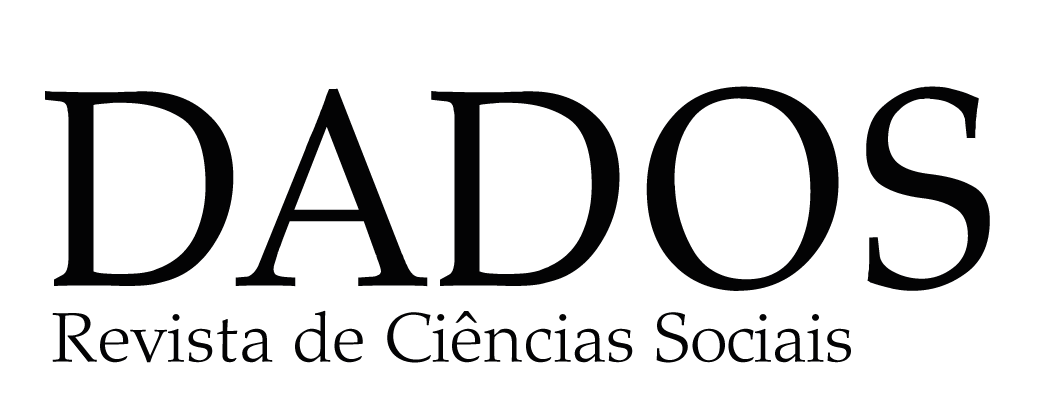ABSTRACT
This article examines the development of Brazilian unemployment insurance from 1986 to 2019. First, it discusses legal changes, considering the economic conditions and sociopolitical conflicts of each period. Second, it presents the main indicators of the insurance’s effectiveness, notably coverage, duration and wage replacement. Finally, it presents a calculation of the Decommodification Index of the unemployment insurance, following Esping-Andersen’s (1990) proposal. The goal is to analyze Brazilian unemployment insurance from 1996 to 2017 and compare it with current models in OECD countries. The results reveal the weakening of unemployment protection in 2017, a year that ranks second worst in the historical series due to the labor market disruption and a restrictive reform of unemployment insurance in 2015. Furthermore, Brazil has the lowest Index in the database, owing to its residual effective coverage due to the distance between insurance rules – designed for structured labor markets – and the characteristics of the national workforce.
unemployment insurance; decommodification index; labor market; social welfare; employment policies

 Thumbnail
Thumbnail
 Thumbnail
Thumbnail
 Thumbnail
Thumbnail
 Thumbnail
Thumbnail
 Fonte: Ministério do Trabalho, PNAD (1992-2012) e PNAD-C (2012-2019). Elaboração própria.
Fonte: Ministério do Trabalho, PNAD (1992-2012) e PNAD-C (2012-2019). Elaboração própria.
 Fonte: PNAD (1993-2011), PNAD-C (2014-2017) e Ministério da Economia, via Lei de Acesso à Informação. Elaboração própria.
Fonte: PNAD (1993-2011), PNAD-C (2014-2017) e Ministério da Economia, via Lei de Acesso à Informação. Elaboração própria.
 Fonte: RAIS, Ministério da Economia (via Lei de Acesso à Informação), PNAD e PNAD-C. Elaboração própria.
Fonte: RAIS, Ministério da Economia (via Lei de Acesso à Informação), PNAD e PNAD-C. Elaboração própria.
 Fonte: para os países da OCDE, OECD Stats e OECD Social Benefit Recipients. Para o Brasil, RAIS, Ministério da Economia, PNAD e PNAD-C. Elaboração própria.
Fonte: para os países da OCDE, OECD Stats e OECD Social Benefit Recipients. Para o Brasil, RAIS, Ministério da Economia, PNAD e PNAD-C. Elaboração própria.